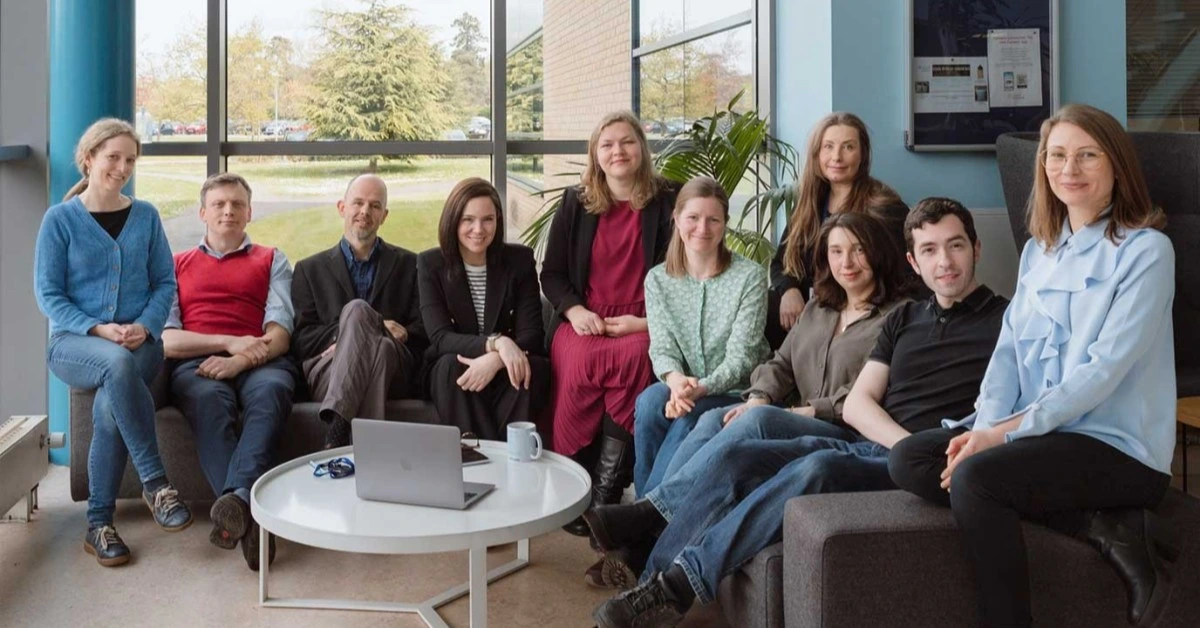
GERMANY – ExpressionEdits has announced a partnership and licensing agreement with Boehringer Ingelheim to develop two new gene therapies.
This collaboration will leverage ExpressionEdits’ AI-powered Genetic Syntax Engine to improve gene expression by restoring introns, a crucial component in genetic regulation.
While financial details of the deal remain undisclosed, ExpressionEdits will receive funding during the partnership and could earn additional milestone-based payments depending on the success of the therapies in preclinical, clinical, and commercial stages.
For ExpressionEdits, this marks its entry into gene therapy. The company, founded in May 2023, initially focused on protein-based therapeutics.
Now, it aims to tackle a key challenge in gene therapy—low therapeutic protein expression, which often requires high viral doses or repeated treatments.
A breakthrough in gene expression
CEO and co-founder Kärt Tomberg highlighted the potential impact of their technology:
“Our platform harnesses the potential of introns to overcome challenges in gene expression, enabling therapies that were previously limited by poor expression and narrow design options.”
He added that partnering with Boehringer Ingelheim’s experts will help advance first-in-class gene therapies for patients with high medical needs.
How ExpressionEdits’ technology works
ExpressionEdits’ computational platform uses AI and biological insights to create inverse complementary DNA with optimal sites and introns.
This increases protein production without affecting existing genetic designs. Their Genetic Syntax Engine predicts transgene performance and optimizes protein expression for various therapeutic applications.
Boehringer Ingelheim will use this technology for undisclosed gene therapy targets, aiming to boost protein yields while reducing required doses.
Paul Bolno, chair of the board at ExpressionEdits, described their mission as “essentially reintroducing punctuation into the genome’s language, creating clearer and more accurate instructions for protein production.”
XRP HEALTHCARE L.L.C | License Number: 2312867.01 | Dubai | © Copyright 2025 | All Rights Reserved